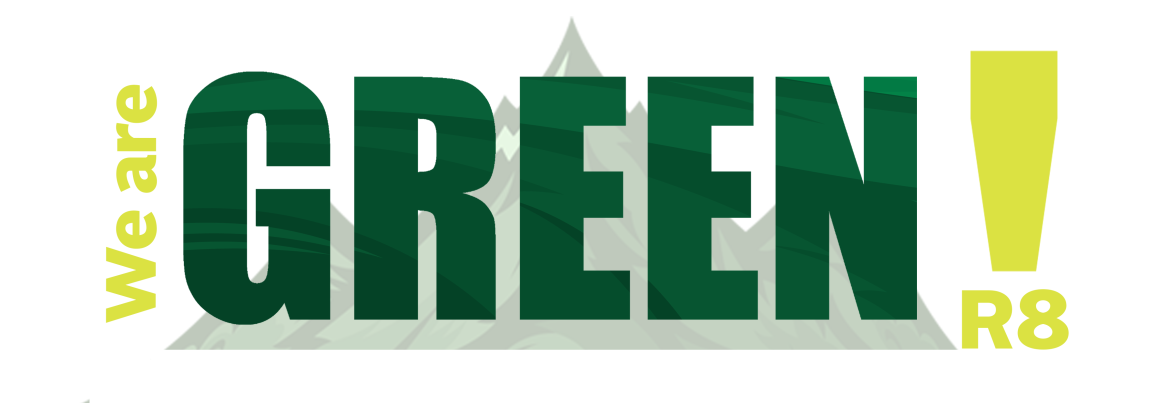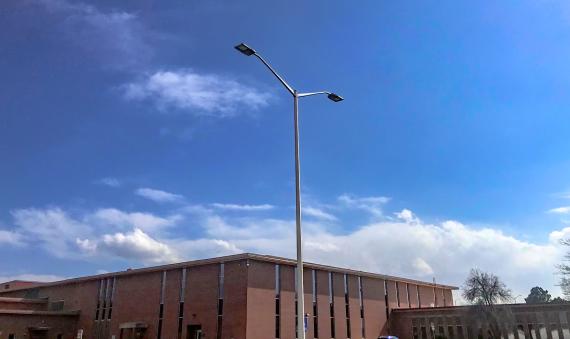Not Blinded by the Light


The Denver Federal Center (DFC) has more than 40 buildings and a large street network on its approximately one-mile square campus that all have some sort of exterior lighting.
While there is a large concentration of lighting fixtures, light pollution is not an issue thanks to the DFC being in compliance with what is known as Dark Sky. Implementing the Dark Sky compliance standards on the DFC is Michael Golenda, building management specialist on the DFC Roads and Grounds team.
“Earth Day is a time to be proud of helping our neighbors, the wildlife and reducing costs by reducing our light pollution and not wasting energy,” said Golenda.
Light pollution and high wattage bulbs waste a lot of energy. The Dark Sky compliance objectives are to reduce light pollution by improving lighting practices, such as using LED and directing the radiance downward.
Golenda explained that Dark Sky compliance has been going on for many years at the DFC but a collaborative effort to replace outdated external building lighting across the DFC came about in 2009 following a presidential executive order. The new energy efficient fixtures with LED bulbs consume approximately half the previous wattage and meet still Dark Sky requirements.
“The DFC Roads and Grounds Team also just completed retrofitting parking and road lighting fixtures on campus with recently approved funding,” said Golenda.
Being in compliance with Dark Sky standards is also important for the safety of the neighboring community outside of the DFC campus. St. Anthony’s Hospital is just outside of the installation and has helicopters flying patients in at all hours, including at night. Compliant lighting ensures the flight path is safe for pilots.
In addition to protecting air traffic around the DFC, Dark Sky compliance helps the many nocturnal species that inhabit the campus. Reducing light pollution helps keep animals on a more natural rhythm so they don’t mistake the night illumination for daylight, keeping them safe from predators and their reproductive cycles undisturbed.
Dark Sky practices reduce carbon emissions as well as decrease energy use which ultimately leads to reduced energy independence, according to the International Dark-Sky Association website.
Read more of the Region 8 "We Are Green" series:
- Part 1: Renewable Energy Not New to Region 8
- Part 2: GSA Region 8 Finds Creative Solution to Pest Problem
- Part 3: Charging Ahead
- Part 4: Not Blinded by the Light
- Part 5:

 U.S. General Services Administration
U.S. General Services Administration